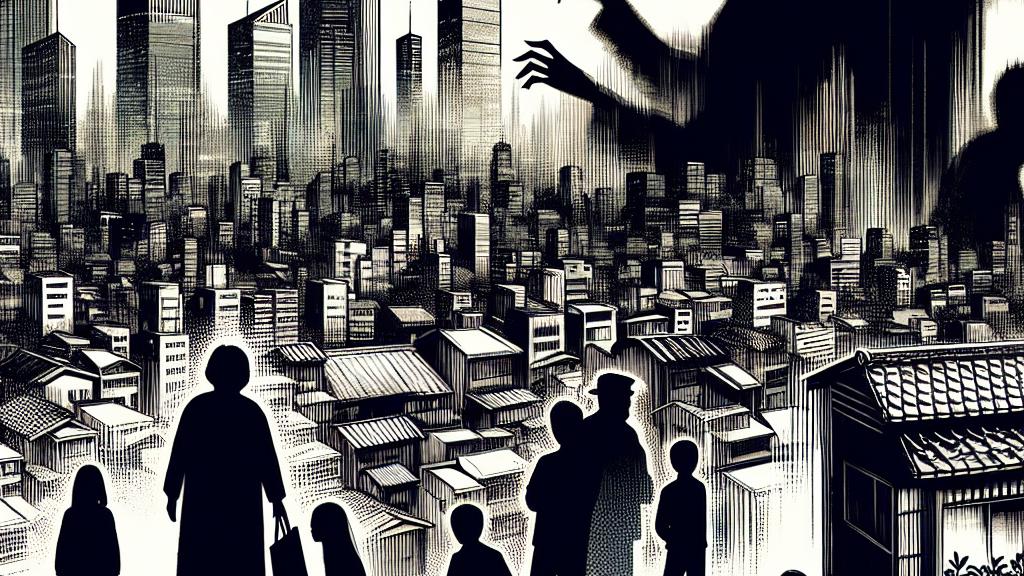Understanding the Dark Side of Novice Gangs
Overview
- Uncover the alarming rise of violence tied to novice gangs, commonly called 'dark part-time jobs'.
- Delve into the psychological factors that prompt extreme behaviors in inexperienced individuals.
- Explore actionable strategies communities can implement to thwart these criminal activities.

Incidents in Japan: A Rising Threat
Japan is grappling with a troubling trend: a significant increase in violent crimes linked to novice gangs known as 'dark part-time jobs'. Spanning major metropolitan areas like Tokyo, Saitama, Chiba, and Kanagawa, reports have documented at least 14 violent robberies where brutality is alarmingly common. For instance, consider the tragic case of an elderly couple who suffered a vicious home invasion, emphasizing the stark reality that even the most vulnerable can fall victim to these heinous acts. The unsettling truth reveals that many of these perpetrators are inexperienced youth easily manipulated by more seasoned criminals, who view them as mere tools for violence. It begs the question: how are communities to protect themselves in an era where such alarming incidents are becoming more frequent?
Psychological Insights: The Mind Behind the Madness
Delving deeper, one might wonder what drives these novices to commit such horrific acts of violence. Psychological insights offer a window into this disturbing behavior, indicating that many lack the emotional and cognitive maturity required to manage their aggressive impulses. These individuals are often swept away by a potent mix of bravado and adrenaline, leading them to engage in extreme acts without fully grasping the potential consequences of their actions. Drawing upon famous psychological studies like the Stanford Prison Experiment, we see how ordinary people can be pushed into cruel behaviors when placed under pressure. In the context of these criminal behaviors, it reveals a critical disconnect; novices become lost in the excitement of engaging in acts they've only heard about, their better judgement overridden by the thrill of the moment and the fear of failing those who lead them.
Preventive Strategies: Empowering Communities for Safety
What can communities do to guard against such rising threats? A proactive approach encompassing education, vigilance, and collaboration is vital. Residents should be encouraged to take simple yet effective steps to secure their homes; installing high-quality locks and surveillance cameras can deter even the most determined criminals. For example, when one neighborhood installed motion-activated lights, they reported a substantial decrease in suspicious activity, creating a safer atmosphere for everyone. Additionally, workshops focusing on community awareness can educate residents on identifying and reporting suspicious behavior quickly, amplifying their collective security. Law enforcement agencies are also intensifying efforts to track down and apprehend the masterminds behind these gangs, conducting thorough investigations and gathering intelligence. By fostering a culture of safety and shared responsibility, communities can reclaim their peace, ensuring that everyone feels secure in their homes and neighborhoods.

Loading...